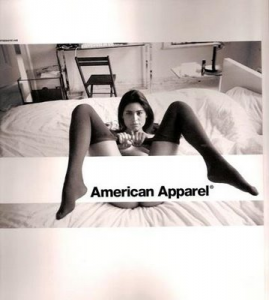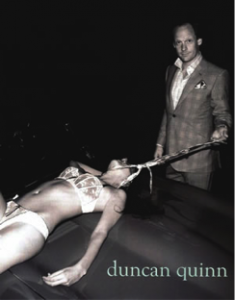Plato’s Atlantis was McQueen’s final collection before his death in 2010. This collection is heavily inspired by Charles Darwin’s theory of evolution and global warming. The name of this collection came from the theory of a man named Plato wrote a dialogue where powerful empire which ruled other Islands known as Atlantis structured in rings separated by water and land. which sunk into the Atlantic ocean as a result of earthquakes and floods following a waged war between Atlantis and one of its colonies. This collection links to global warming and Darwin’s process of evolution but in reverse. McQueen predicted a future where ‘ice caps would melt…the waters would rise and… life on earth would have to evolve to live beneath the sea once more or perish’.
The theory of Plato’s Atlantis is an interest source for me in really finding out about Alexander McQueen and his inspiration as it shows his fascination with the natural world, what could have been, and what the world can be. This collection really showed McQueen’s deep, dark thoughts about life and the fact that he did things that many designers may be afraid to promote which is why he is one of the most successful designers of his error because although his collections were questionable there is always something about it that fascinates the mind.
This image is of an alien character from Ridley Scott’s science fiction horror film Alien (1980) created by H.R. Giger. As you can see it is very unworldly and quite intimidating. The alien has a very solid body as if it is made out of metal, with a really distinctive ribbed body and sharp back bone looking antennas. The big veins in the neck almost look as if the alien is straining as you can see from its face that it looks angry and almost disturbed. The fact that the alien is centred right in the middle of the frame and touches each end shows how huge this alien really is, making it even more terrifying. The sideways view of the alien gives me a good but frightening idea of how it would look if it was standing forward.
Giger describes ‘My pictures are about things I like, things I hate or things I am afraid about.’ making it clear that this alien may be one of the things that he is afraid of, but despite this fear he creates them, possibly in order for him to face it. Giger continues to say ‘I like very much the combination of machine and human and biological things’. Suggesting that he is all about what the future is going to be like and the scientific possibilities of how mankind and machinery can combine or work together in order to make the world a more survivable place, which you can tell that McQueen really worked upon in his collection.
The fact that McQueen used a character from a film and transferred it into inspiration for his ‘Alien’ shoe collection is very clever as I can see that he really used every detail of this creature to his advantage, which successfully linked to each garment as an accessory which really helps complete the message and image of humans evolving back into the sea. The shoe is so in sync with the body and shape of the alien that if I was to work my fingers around the shoe and have one finger around the alien I would be able to feel where McQueen took each element of the shoe from.
In comparison to Giger’s ‘Alien’, Stan Winston’s ‘Predator’ is similar to Giger’s alien in terms of having human features as the alien has very human like hands and ribs whilst the predator has a human like body. You can also tell that both artists have a think for combining mankind with machine. Winston states “My feeling from reading the script was that the Predator had to be a real character, rather than a generic creature. He needed to be a very specific character — and that’s what we came up with.” This shows that this character was very important in bringing originality to the film as in many movies aliens and monsters always look quite similar. However, Winston wanted this monster to have a specific identity rather than an unknown identity. I believe that when you know what is coming it can be just as scary as the unknown.
Overall, this image is a really good example of how inspiration for fashion can derive from anything and anywhere, however it also shows that it takes a brave designer to use dark imagery to create a successful collection as well as a digitally fantastic runway show like how Alexander McQueen did.







